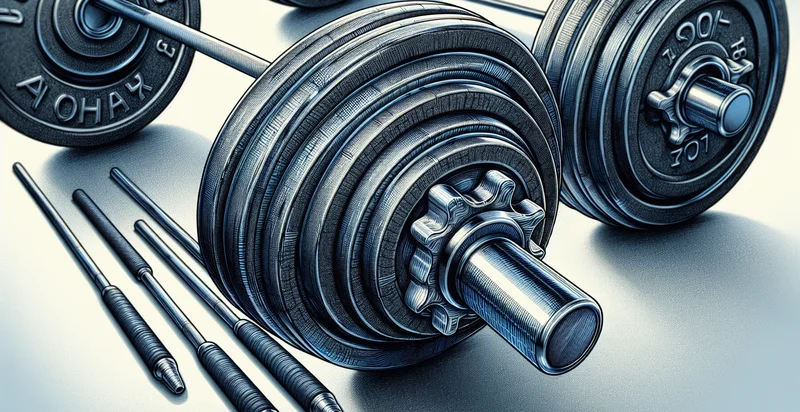Identify what material a barbell is made from
using AI
Below is a free classifier to identify what material a barbell is made from. Just upload your image, and our AI will predict what material a barbell is made from - in just seconds.

Contact us for API access
Or, use Nyckel to build highly-accurate custom classifiers in just minutes. No PhD required.
Get started
import nyckel
credentials = nyckel.Credentials("YOUR_CLIENT_ID", "YOUR_CLIENT_SECRET")
nyckel.invoke("what-material-a-barbell-is-made-from", "your_image_url", credentials)
fetch('https://www.nyckel.com/v1/functions/what-material-a-barbell-is-made-from/invoke', {
method: 'POST',
headers: {
'Authorization': 'Bearer ' + 'YOUR_BEARER_TOKEN',
'Content-Type': 'application/json',
},
body: JSON.stringify(
{"data": "your_image_url"}
)
})
.then(response => response.json())
.then(data => console.log(data));
curl -X POST \
-H "Content-Type: application/json" \
-H "Authorization: Bearer YOUR_BEARER_TOKEN" \
-d '{"data": "your_image_url"}' \
https://www.nyckel.com/v1/functions/what-material-a-barbell-is-made-from/invoke
How this classifier works
To start, upload your image. Our AI tool will then predict what material a barbell is made from.
This pretrained image model uses a Nyckel-created dataset and has 16 labels, including Aluminum, Cast Iron, Chrome, Composite, Concrete, Iron, Lead, Metal, Plastic and Polyurethane.
We'll also show a confidence score (the higher the number, the more confident the AI model is around what material a barbell is made from).
Whether you're just curious or building what material a barbell is made from detection into your application, we hope our classifier proves helpful.
Related Classifiers
Need to identify what material a barbell is made from at scale?
Get API or Zapier access to this classifier for free. It's perfect for:
- Quality Assurance in Manufacturing: Manufacturers can use the false image classification function to ensure that the correct materials are used in the production of barbells. By identifying whether the materials meet specified standards, manufacturers can reduce defects and enhance product quality.
- Supply Chain Verification: Distributors and retailers can implement this function to verify the materials used in barbells during the supply chain process. This ensures that products being transported and sold meet consumer expectations for durability and performance, minimizing discrepancies and potential returns.
- Market Research and Trends Analysis: Researchers and analysts can utilize the function to study the materials commonly used in barbells within different market segments. By analyzing material trends, companies can adapt their product offerings and marketing strategies to align with consumer preferences and emerging values.
- Fitness Equipment Evaluation: Gyms and fitness centers can employ this classifier to evaluate the quality of barbells they purchase. By confirming material composition, they can ensure safety and durability, ultimately supporting their investment in long-lasting equipment.
- Product Comparison for Consumers: Consumers looking to purchase barbells can benefit from this classification function to compare materials across different brands and models. This allows them to make informed choices based on quality, pricing, and suitability for their specific training needs.
- Regulatory Compliance Reporting: Regulatory bodies can utilize this tool to assess compliance with safety and material regulations in fitness equipment. By classifying the materials used in barbells, they can identify products that may pose safety risks to consumers, contributing to a safer market.
- Sustainability Assessment: Eco-conscious companies can leverage this function to evaluate and report on the sustainability of materials used in barbells. By identifying environmentally friendly or recyclable materials, they can enhance their brand image and meet consumer demand for sustainable products.


